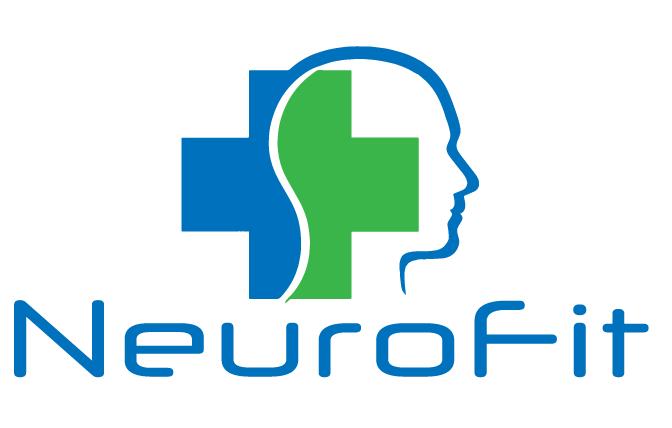EEG stands for Electroencephalography and is an electrophysiological monitoring method to record the electrical activity of the brain. Many other common brain imaging techniques such as MRIs, CAT scans, and x-rays are built to measure brain structure, not activity. A quantitative EEG (qEEG) applies sophisticated statistical analysis to your brain activity and compares it to a controlled database compiled from the EEGs of individuals with no known brain dysfunction. In other words, we compare your brain activity to what we would expect a normal healthy brain to look like in a person your age and gender.
The q (which stands for quantitative) makes the difference. Seeing your brain activity is amazing and useful but knowing how and where it is different than expected allows us to develop a training protocol developed on your individual brain and symptoms. Traditional counseling and medication approaches use standard interventions to address symptoms. Even some neurofeedback practitioners utilize fixed protocols based mostly on symptoms with only passing regard to your individual brain. These treatments CAN be effective but don’t provide the confidence or specificity gained by qEEG technology. Not all neurofeedback is created equal!
Those providers usually use cookie cutter treatment protocols that train one or two locations at a time. At NeuroFit, we have the ability to map and train up to 19 locations simultaneously. Following a comprehensive assessment, we will create a treatment protocol based on the following four factors:
- The emotional, psychological or behavioral symptoms of the patient
- The qEEG (brain assessment) of the patient
- Scientific publications and research on known deviations in resting state EEG
- Scientific evidence on the efficacy of neurofeedback for your individual problem
Find out how qEEG can make the difference in developing the most effective treatment protocol for your individual brain activity. Contact our office or fill out the contact form below to learn more.
